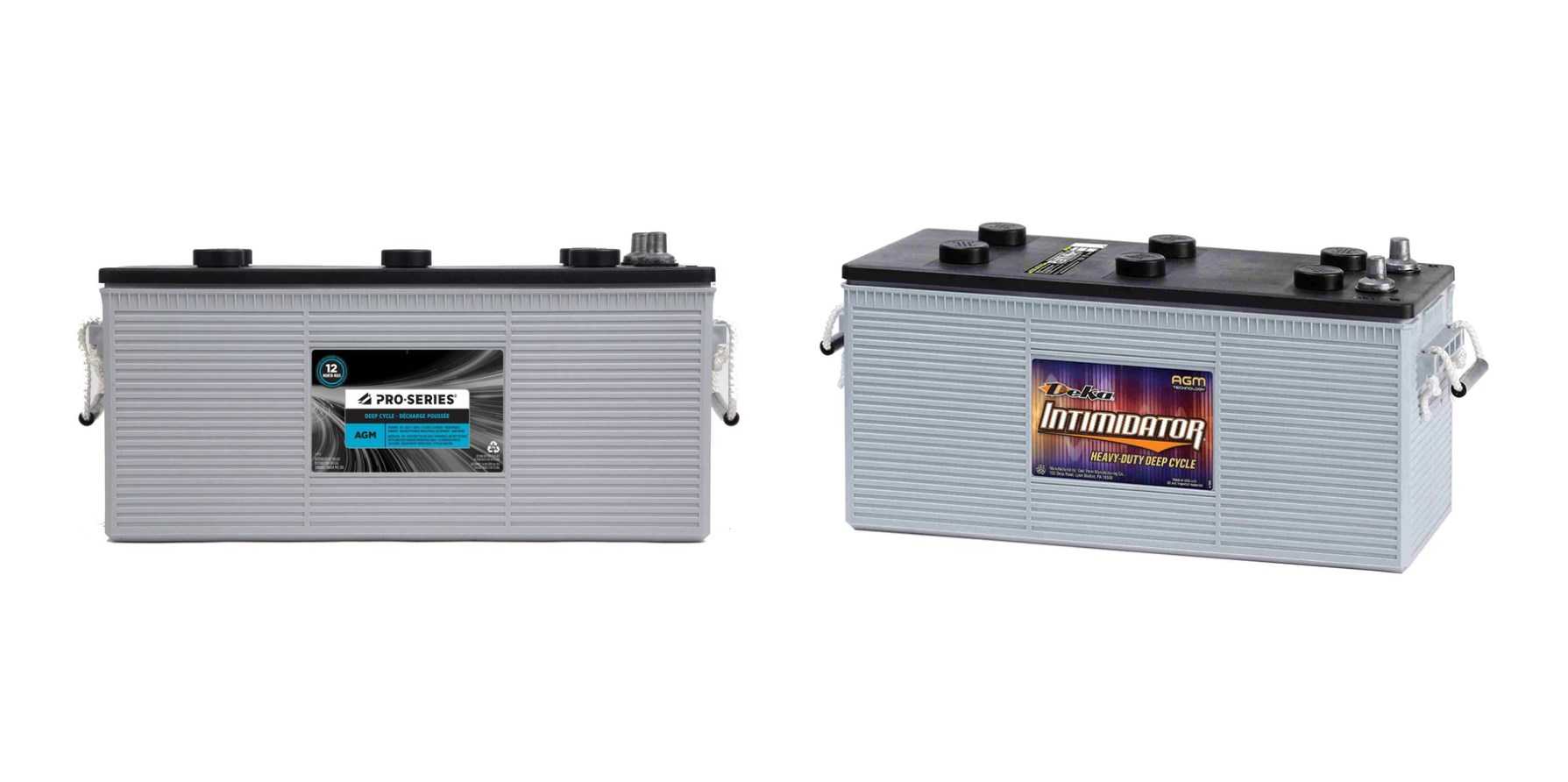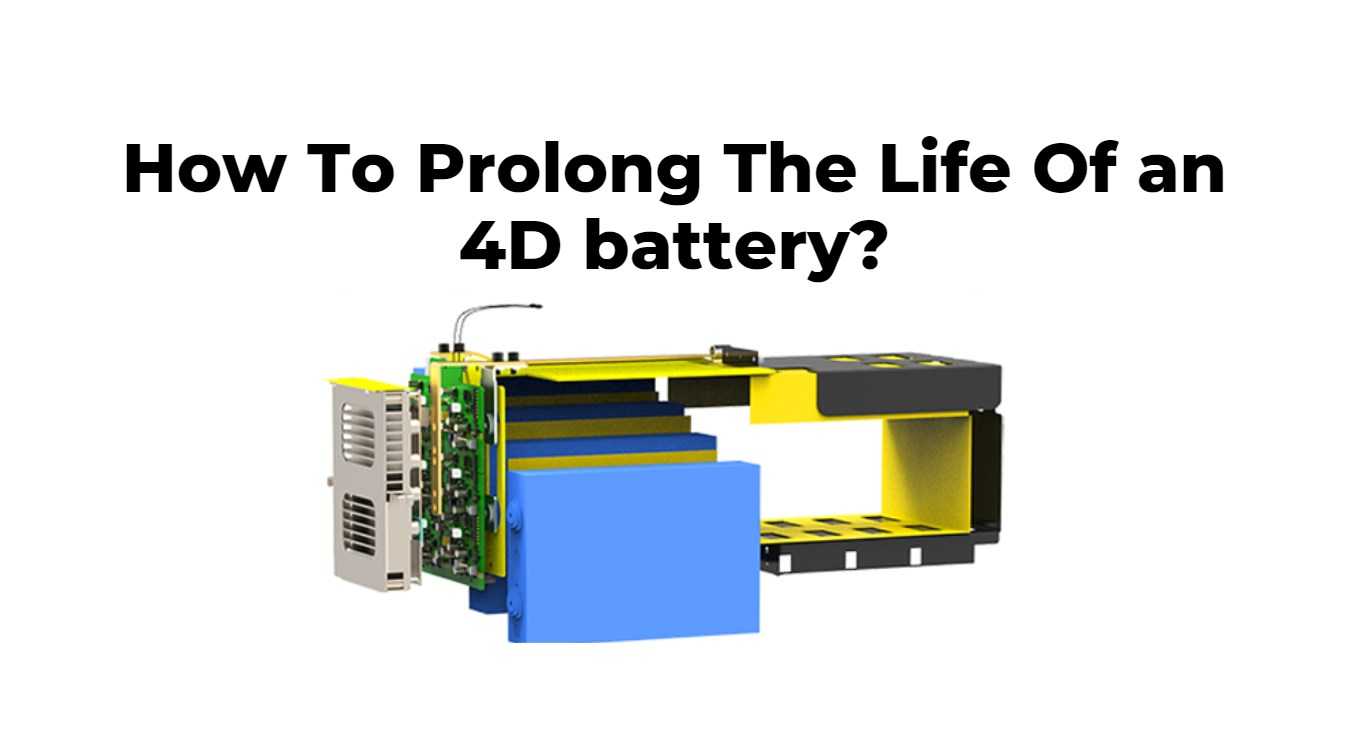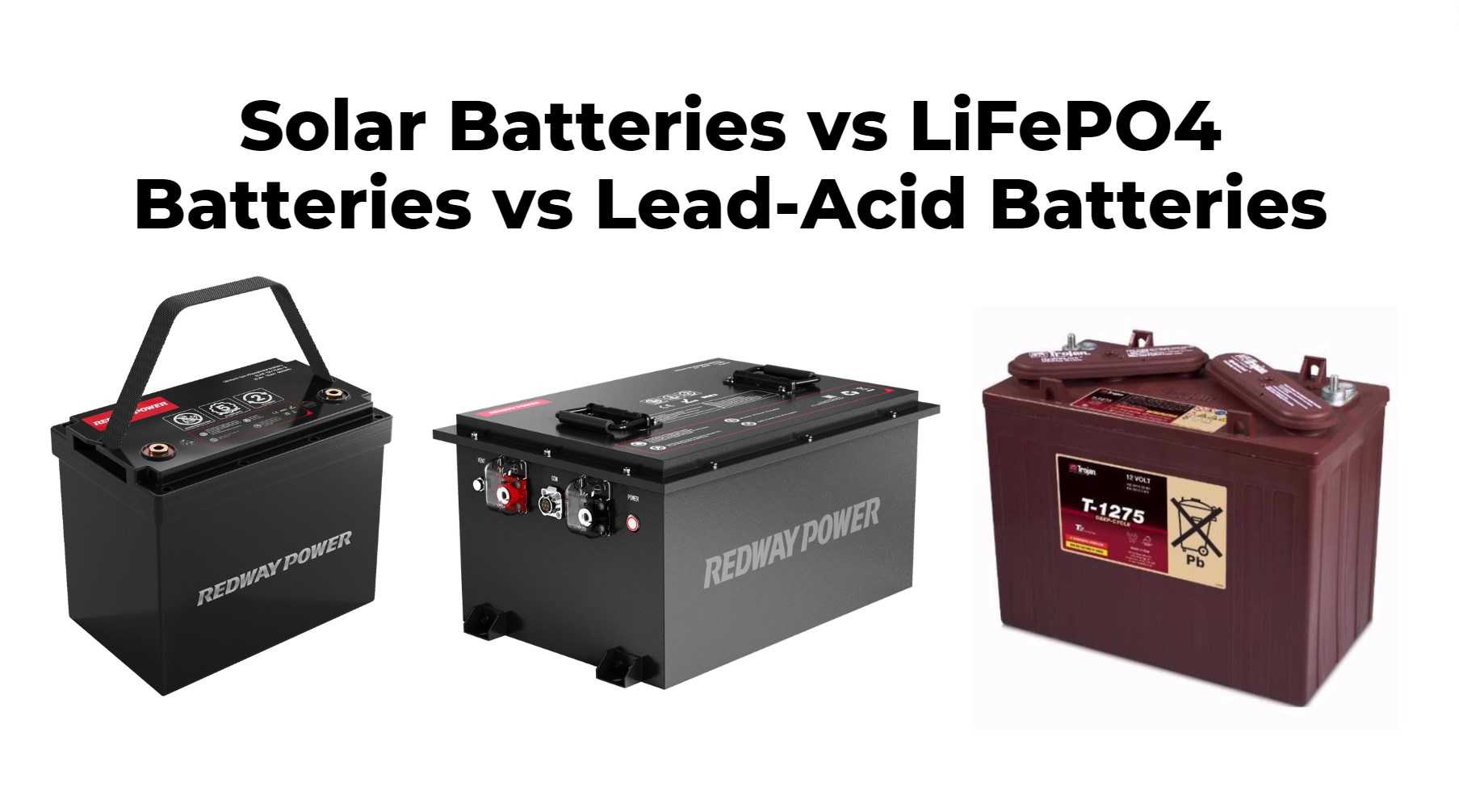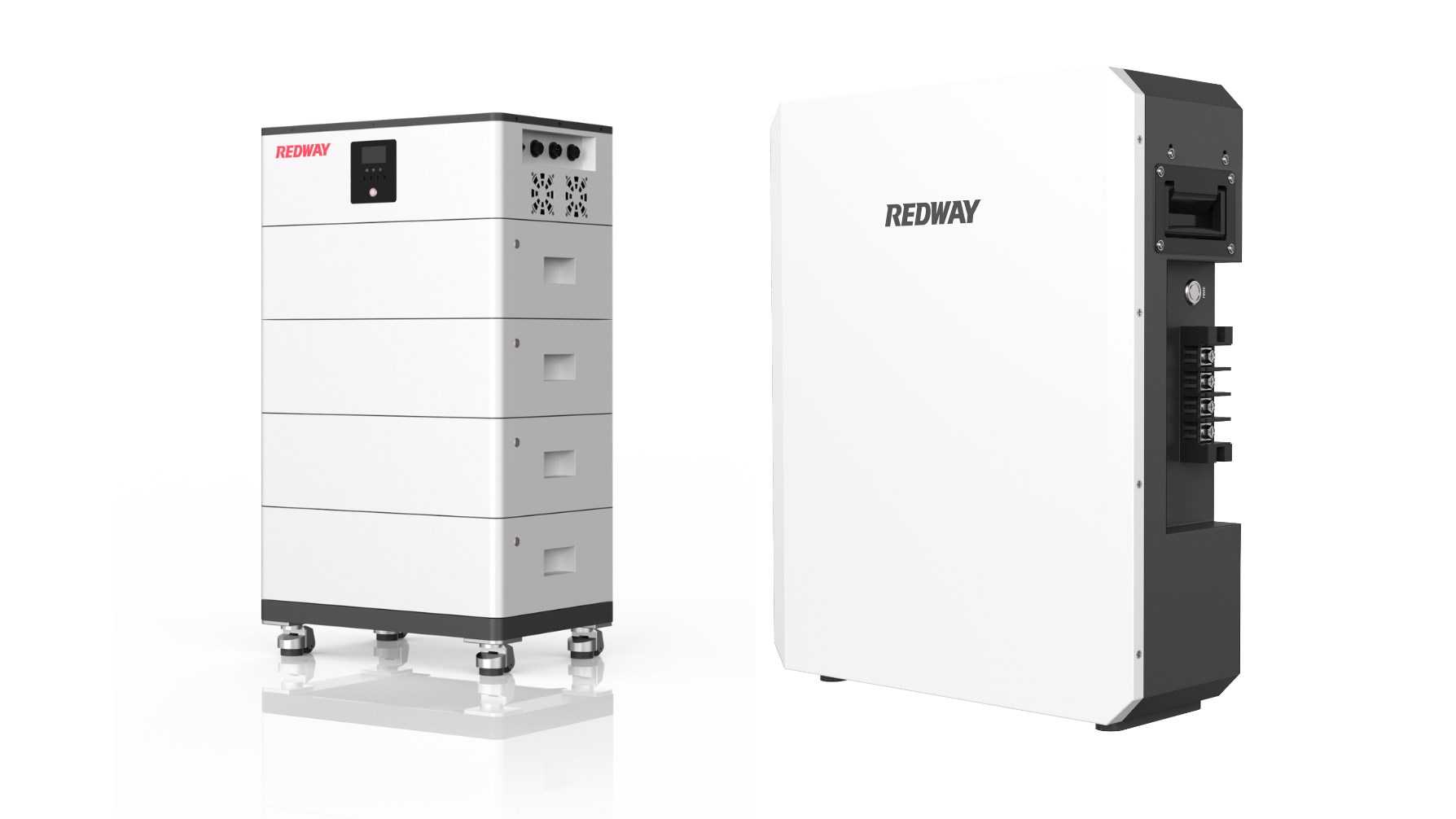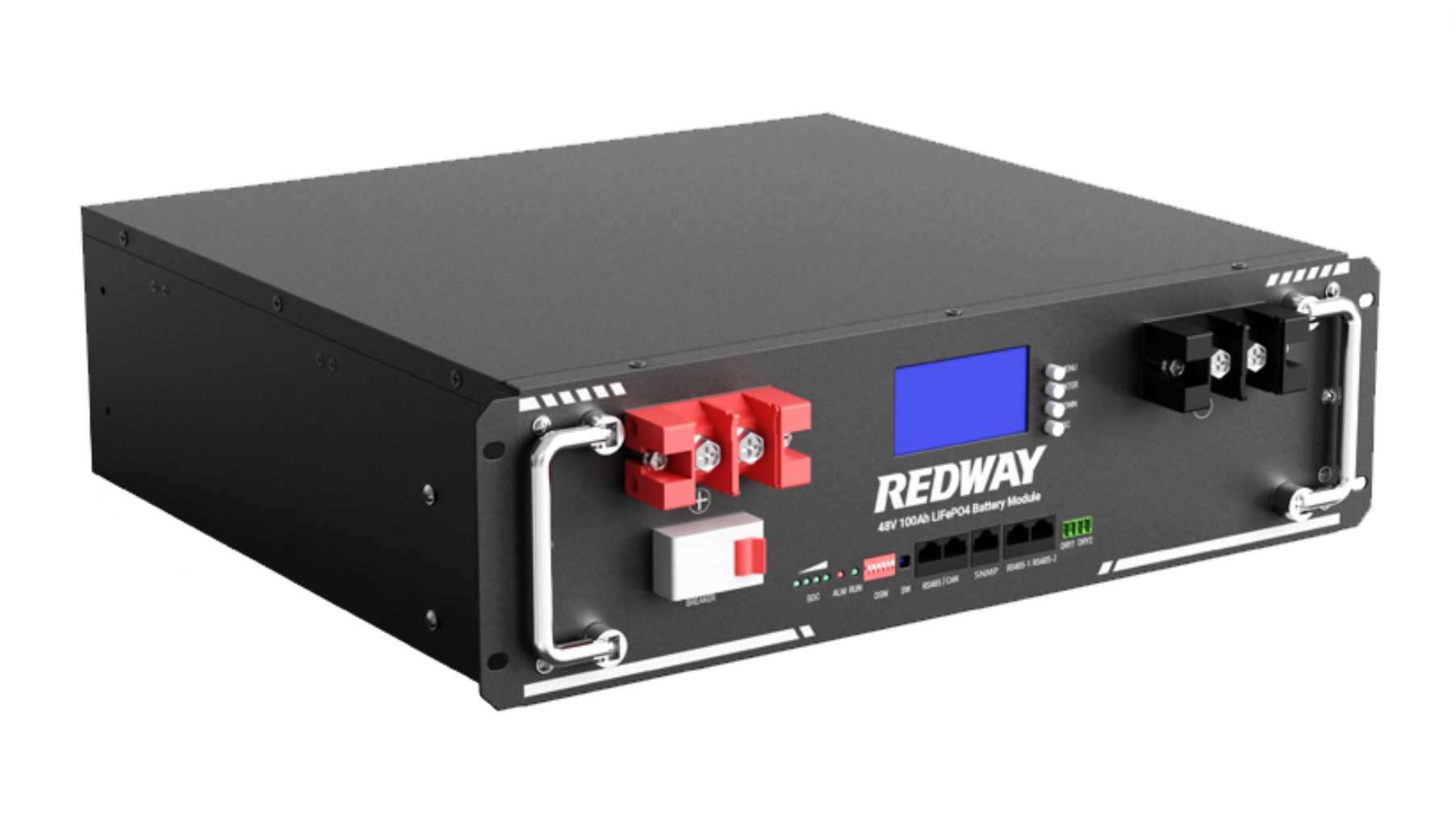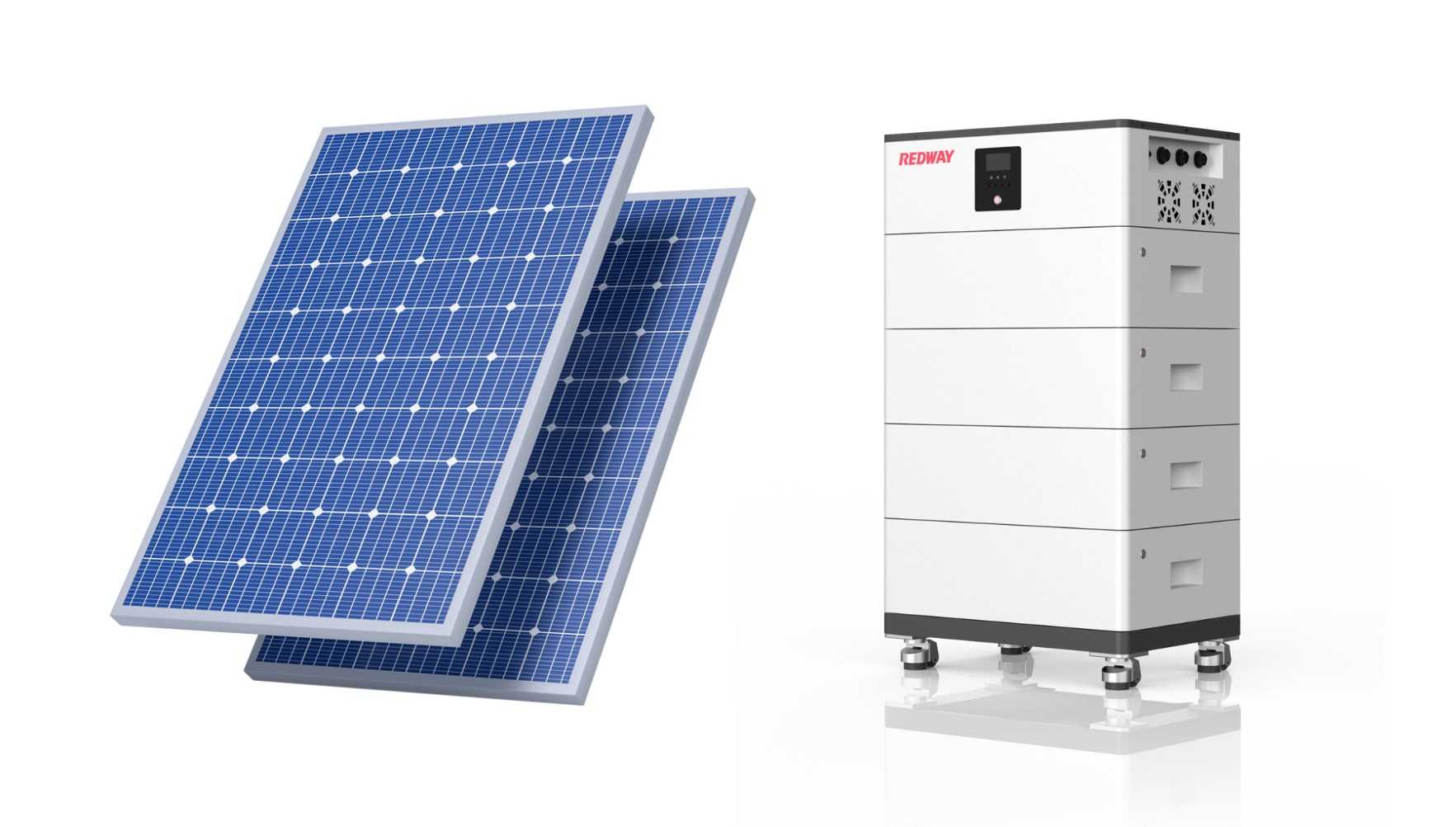What are 4D cell batteries? What is Group 4D Battery?
A 4D cell battery refers to a specific size and type of cylindrical battery often used to power various electronic devices. The “4D” designation indicates the size and type of the battery. In this context, the “4D” doesn’t refer to a measurement in inches; rather, it’s a standard size classification for batteries. (Read: BCI Battery Group Size Chart Guide and BCI Group Battery Factory Wholesale)
What are 4D cell batteries?
The dimensions of a single D cell battery are typically approximately 34.2 mm (1.35 inches) in diameter and 61.5 mm (2.42 inches) in height. The “4D” indicates that you would use four of these D cell batteries in a series or together to power a device, providing increased voltage and capacity compared to a single D cell.
What is Group 4D Battery?
If you’re asking about a “Group 4D” battery that measures 21 x 9 x 10 inches in length, it’s possible you’re referring to a battery pack or a configuration that uses multiple D cell batteries to create a larger power source. The dimensions you mentioned are considerably larger than a single D cell, so it seems like a grouping or arrangement of multiple D cell batteries. This configuration would provide a higher capacity and longer-lasting power supply compared to a single D cell battery.
How Does 4D Battery Work?
The 4D battery, functioning as a galvanic cell, converts chemical energy into electrical energy through chemical reactions involving its key components. The process involves anodes, cathodes, and an electrolyte, allowing the flow of charged particles (ions) and electrons. Here’s a summarized breakdown of its operation:
- Anode and Cathode: The battery comprises an anode (negative electrode) and a cathode (positive electrode), usually made of distinct materials.
- Electrolyte: An electrolyte, typically a liquid or gel, resides between the anode and cathode, facilitating ion movement.
- Chemical Reactions: Discharging triggers chemical reactions at the anode and cathode, releasing electrons and ions. Anodes release electrons, while cathodes combine ions and electrons.
- Electron and Ion Flow: Released electrons flow through an external circuit, providing electrical power to connected devices. Meanwhile, ions move through the electrolyte to balance the charge.
- Circuit Completion: Electrons power the connected device, while ions move between the anode and cathode, closing the circuit through the electrolyte.
- Charging: Charging reverses the process. External electrical energy forces ions and electrons back to their original positions, preparing for the next discharge cycle.
The battery’s capacity, energy density, and power output hinge on its distinct chemistry and design, encompassing anode, cathode, and electrolyte materials. In the instance of the lithium 4D battery, its composition includes cells, a Battery Management System (BMS), and a protective housing. The BMS supervises the battery pack, ensuring safety, optimizing operations, and providing reports. During discharge, lithium ions shift from anode to cathode, producing an electrical current powering devices, and during charging, this process reverses. Grasping these fundamental processes is vital for effective utilization of 4D batteries.
How Long Do 4D Battery Last?
4D batteries, a larger-sized alkaline battery, are crucial power sources for various high-drain devices such as flashlights, lanterns, and portable radios. Their longevity is influenced by multiple factors, making it essential to explore their performance and maintenance.
Key Factors Affecting Battery Life
- Battery Type:
- Lithium 4D batteries offer approximately 4,000 cycles, outlasting lead acid batteries, which provide 1,000 to 1,500 cycles.
- Lithium batteries are low maintenance, in contrast to lead acid batteries that require water top-ups and temperature control.
- Usage Patterns:
- The frequency and duration of usage significantly impact a 4D battery’s lifespan, especially in high-drain devices.
- Battery Quality:
- Battery quality and brand play a crucial role. Higher-quality batteries tend to last longer and provide more consistent power.
- Environmental Conditions:
- Proper storage in cool, dry places is essential to maintain battery performance and prolong their usable life.
- Device Efficiency:
- Some devices utilize the battery’s power more efficiently, potentially extending the battery life.
Types and Shelf Life
- Alkaline Batteries:
- Common in 4D batteries, alkaline variants have a shelf life of 5-10 years, offering reliable performance.
- They outperform zinc-carbon batteries in terms of longevity.
- Lithium-Based Batteries:
- Lithium alternatives, although more expensive, provide an even longer shelf life and enhanced performance.
In conclusion, understanding the factors influencing 4D battery life allows users to optimize usage, choose the appropriate battery type, and ensure reliable power for their devices. Always keep spare batteries on hand, especially during critical situations.
How To Prolong The Life Of an 4D battery?
To ensure your 4D batteries last longer and maintain optimal performance, follow these essential tips:
- Storage Conditions:
- Store 4D batteries in a cool, dry place at room temperature to prevent performance degradation.
- Usage Habits:
- Avoid fully discharging the battery before recharging, especially for lithium-ion batteries.
- Charging Guidelines:
- Adhere to the manufacturer‘s charging instructions for rechargeable 4D batteries to prevent overcharging or undercharging.
- Proper Charger Use:
- Use chargers specifically designed for 4D rechargeable batteries to ensure safe and efficient charging.
- Rotate Batteries:
- Rotate 4D batteries in your devices to distribute usage evenly and prevent overloading specific batteries.
- High-Quality Choices:
- Opt for reputable brands and high-quality 4D batteries for longer-lasting and superior performance.
- Regular Inspection:
- Check for corrosion in the battery compartment and clean any corroded terminals to maintain battery integrity.
- Moisture and Sunlight:
- Store batteries in a moisture-free environment and away from direct sunlight to delay aging and maintain performance.
Implementing these practical tips will help you maximize the lifespan and efficiency of your 4D batteries, ensuring a reliable power source for your devices. Proper usage and maintenance are key to getting the most out of your batteries.
4D Lithium Battery vs 4D Lead Acid Battery
4D Lithium Battery:
- Energy Density: Lithium batteries have higher energy density, storing more energy per unit weight and making them lighter and more efficient.
- Cycle Life: Lithium batteries offer a longer cycle life, enduring thousands of cycles, ensuring durability and reliability for long-term use.
- Self-Discharge: Lithium batteries have a lower self-discharge rate, making them suitable for applications requiring long periods of inactivity.
- Maintenance: Lithium batteries are maintenance-free, requiring minimal attention compared to lead acid batteries that need regular topping up with water.
- Charge Rate: Lithium batteries can handle higher charge rates, allowing for faster charging than lead acid batteries.
- Temperature Sensitivity: Lithium batteries perform well across a wide range of temperatures, while lead acid batteries may experience diminished performance in extreme temperatures.
- Environmental Impact: Lithium batteries are more environmentally friendly, containing fewer harmful chemicals and being efficiently recyclable.
4D Lead Acid Battery:
- Cost: Lead acid batteries are more affordable upfront, providing a cost-effective option for certain applications.
- Technology Maturity: Lead acid batteries are a well-established and understood technology, offering a sense of reliability due to their long history of use.
- Availability: Lead acid batteries are widely available and come in various types, making them accessible for a broad range of applications.
- Safety: Lead acid batteries are considered safer in certain aspects, particularly in terms of thermal runaway and fire risk.
In summary, 4D lithium batteries excel in energy density, cycle life, maintenance, and environmental impact. Conversely, 4D lead acid batteries are more cost-effective initially and benefit from being a well-established technology. The choice between the two depends on specific requirements, budget, and the intended application, balancing the advantages of each battery type for optimal performance and longevity.
Applications of 4D Batteries
4D batteries, classified as large and robust commercial batteries, find extensive application in various domains. Common uses include off-grid energy storage systems, RV storage, security systems, medical devices, standby power for critical operations, and to power a diverse range of industrial vehicles and equipment.
Sourcing 4D Lithium Batteries
Redway’s technical team has successfully developed lithium 4D batteries, boasting a capacity of 150Ah and operating at 12 volts. These lithium 4D batteries are a remarkable offering. For further inquiries or specific requirements, connecting with Redway’s technical team would be the best course of action. They can provide tailored solutions and address any unique inquiries related to the lithium 4D batteries.

